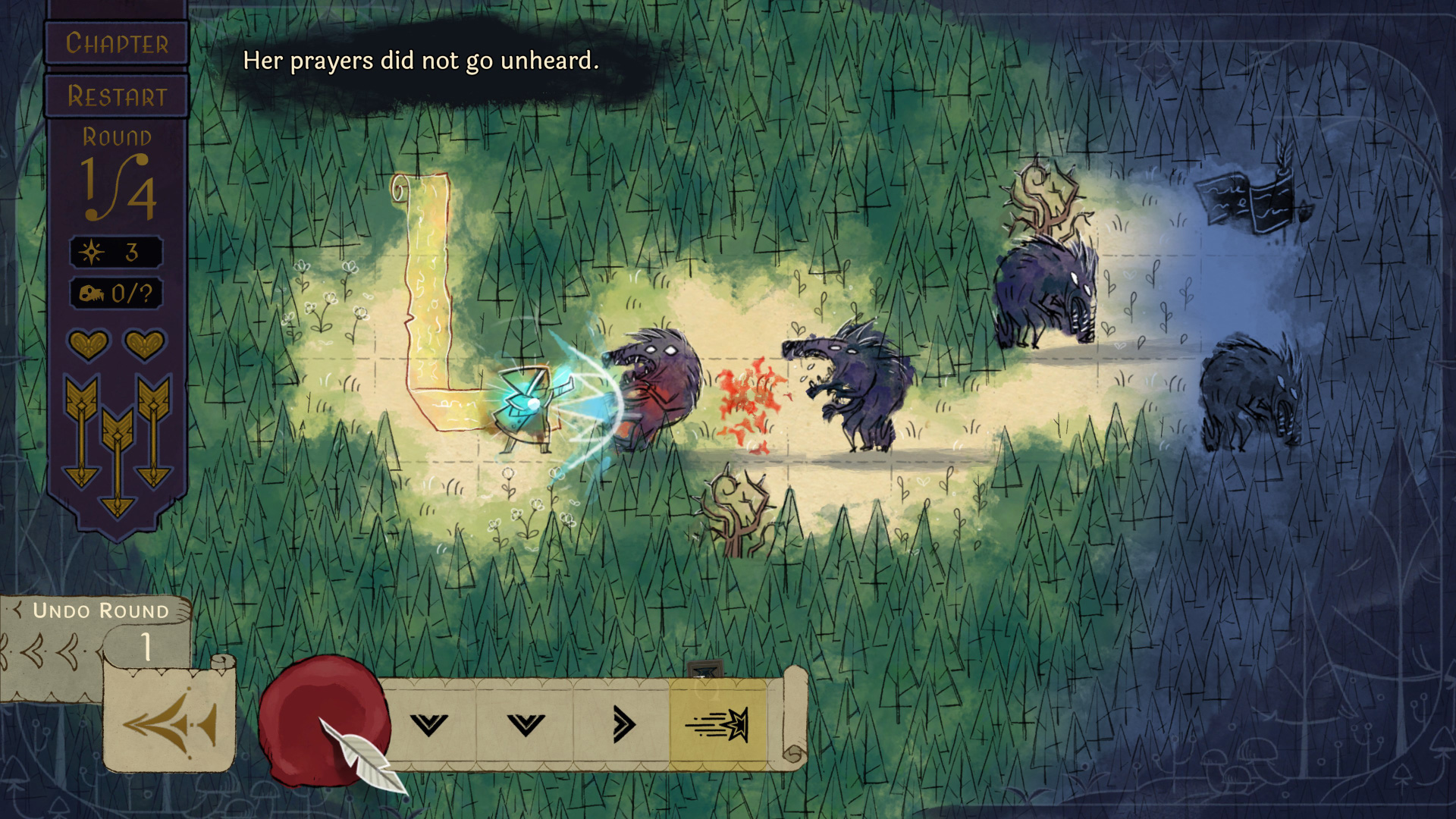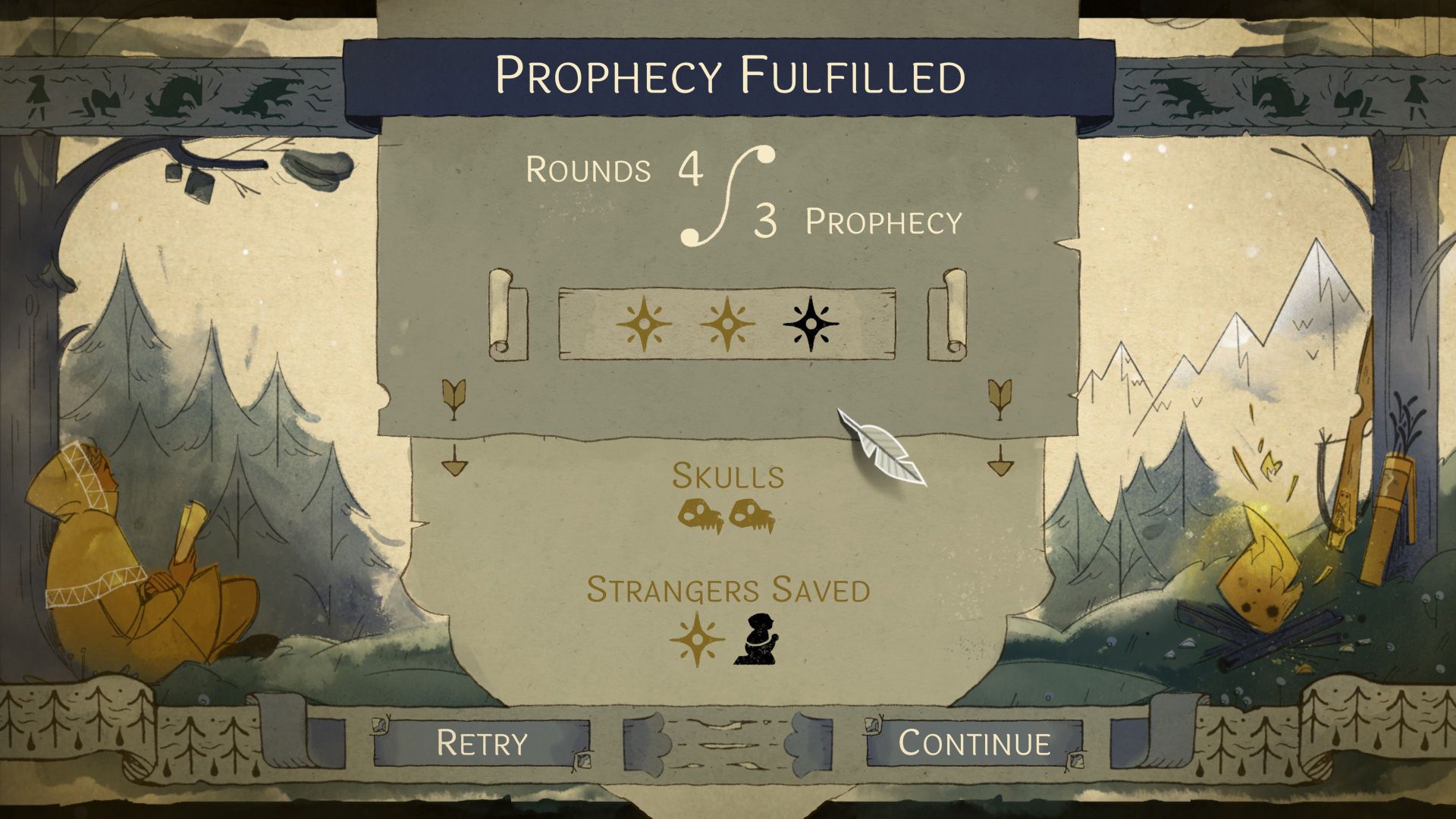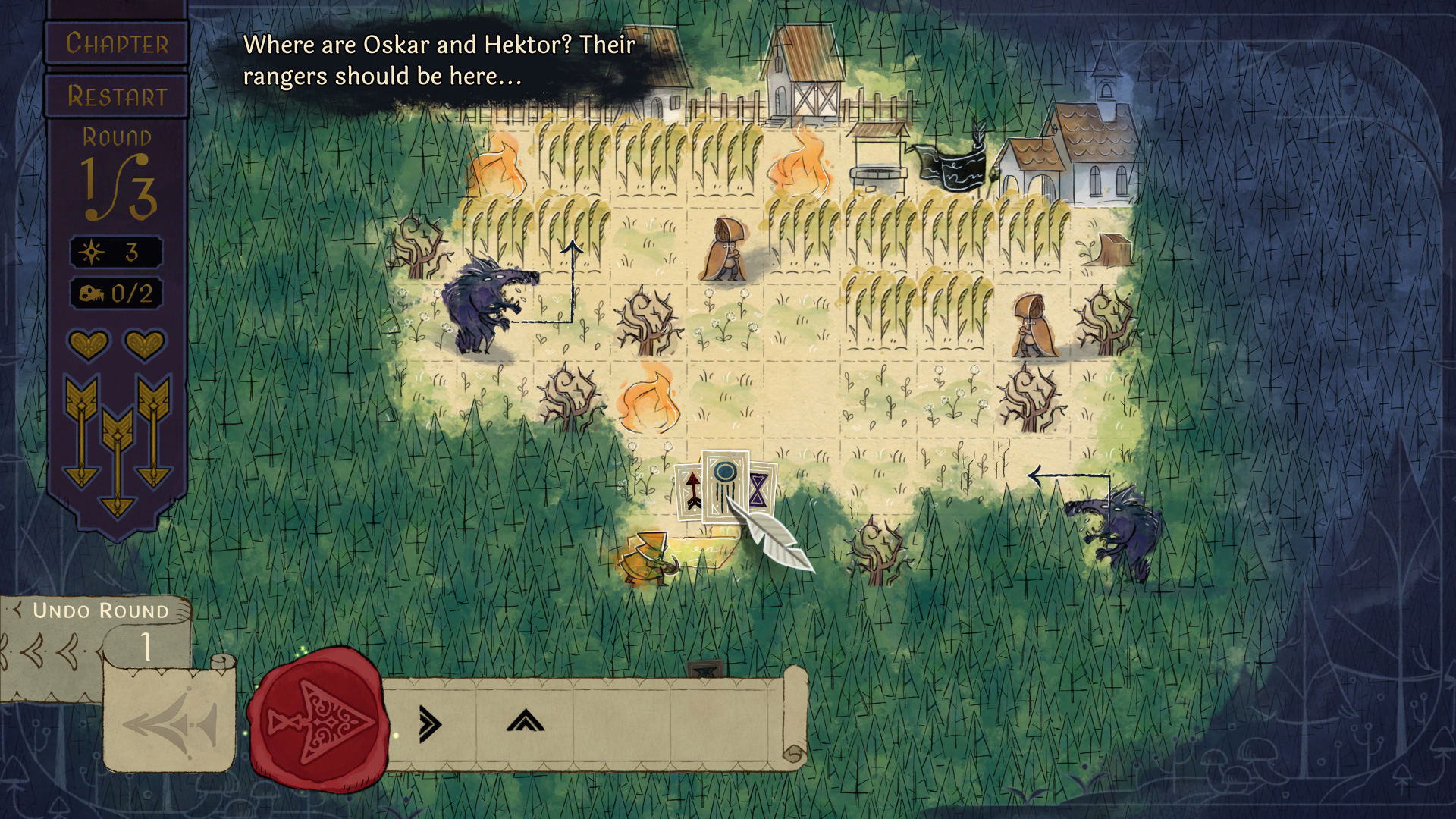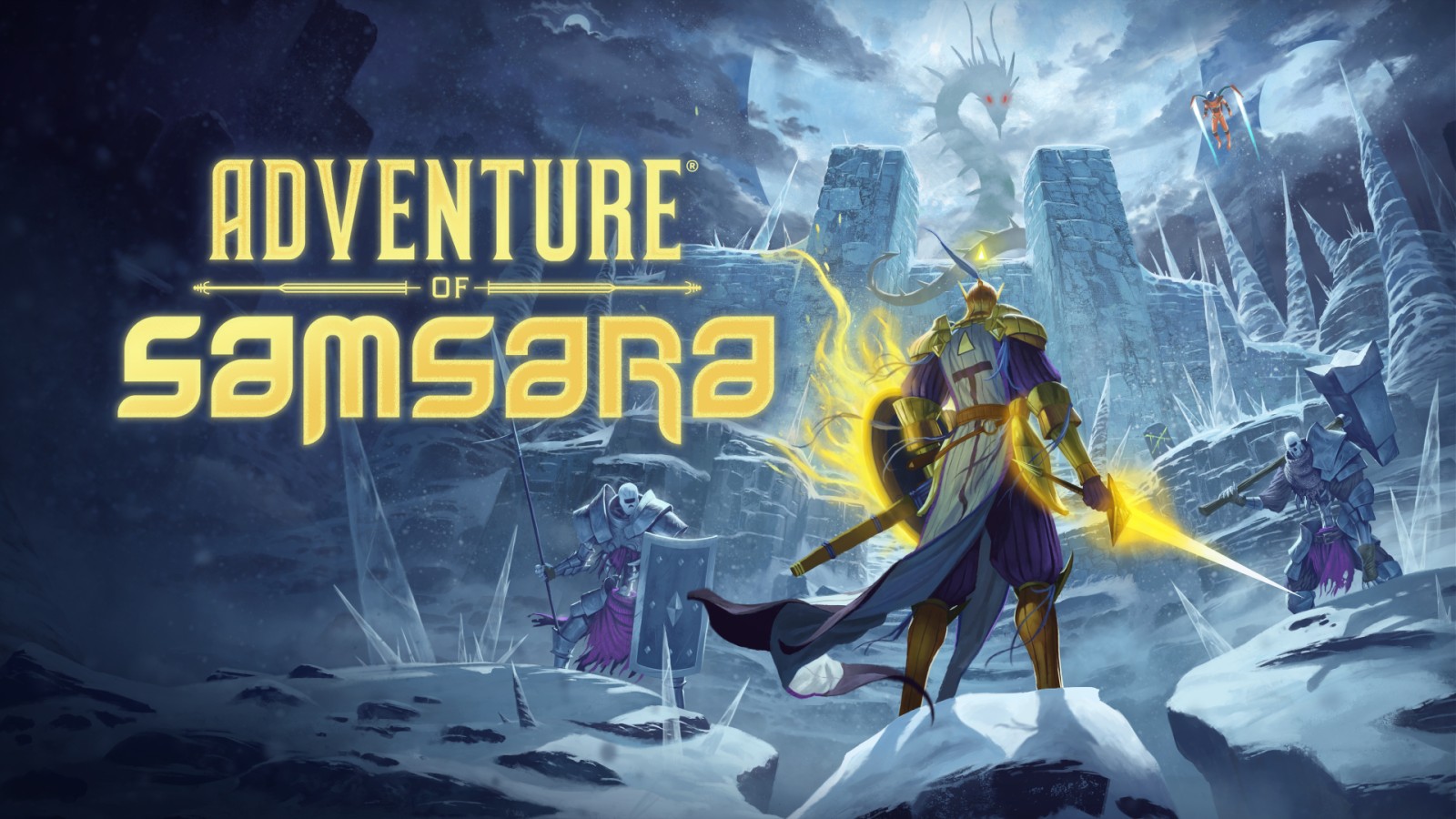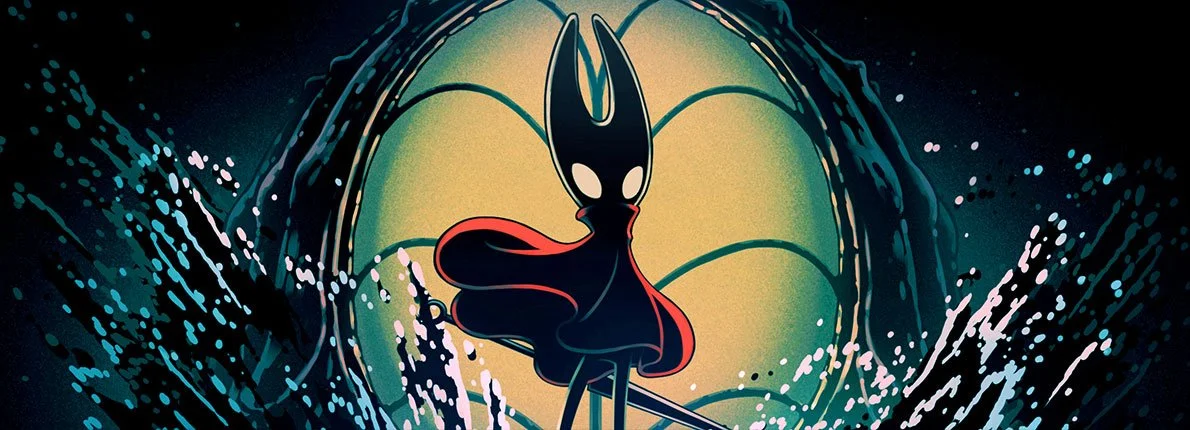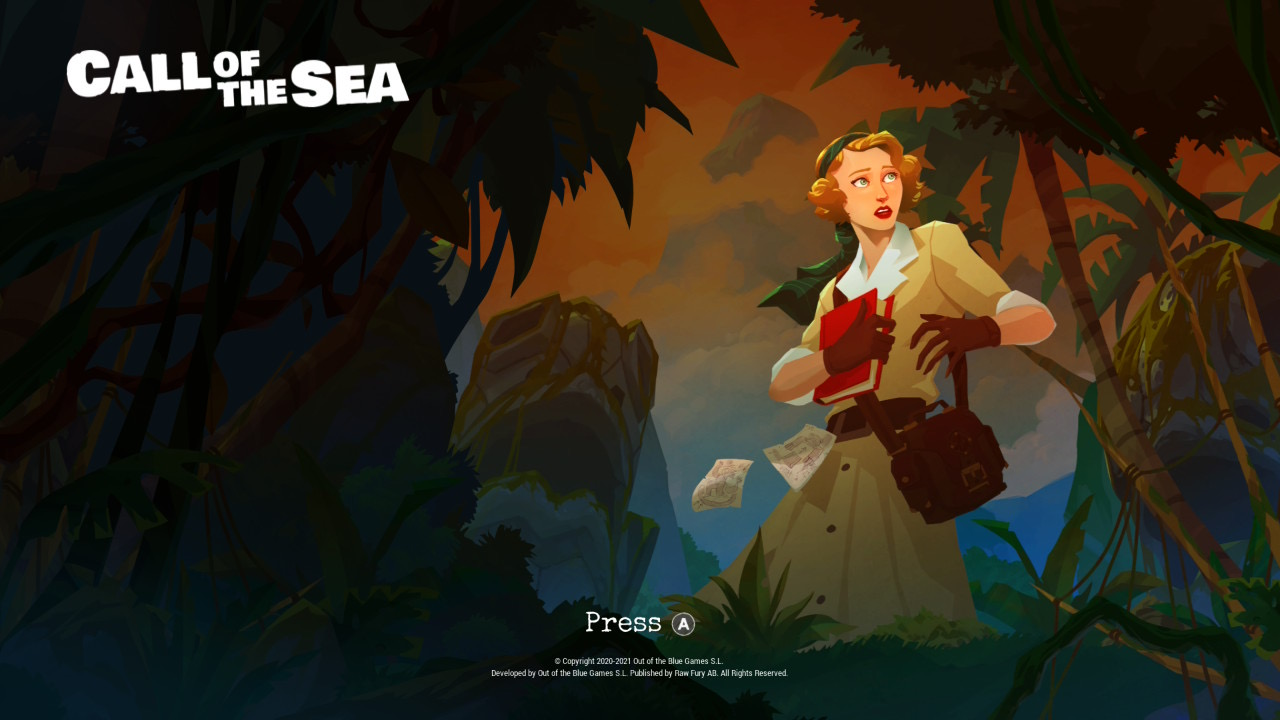Of all the games in Nintendo’s Indie World Showcase this past November, Howl made the biggest impression with me. It helps that I’m a sucker for turn-based gameplay and folklore storytelling…especially if the story is a bit dark.
On those fronts, Howl did not disappoint. But one peculiar gameplay choice prevented it from becoming as engaging as I’d hoped.
Let’s start with the folklore. Our hero, the Prophet, lives in a world where all who hear “the howl” are turned into beasts. But the Prophet is deaf and is therefore safe. This affords her the time to create the prophecy that will cleanse the howl from the world, perhaps in time to save her brother, whose fate is unknown.
It’s a dark but hopeful story that’s wonderfully narrated throughout the game. Playing Howl is not unlike listening to a fairytale during story time back in grade school, except the hero is likely going to die continuously as you try to solve the game’s puzzles.
Players are presented with a world map filled with nodes, most of which contain a battle.
The purpose of these battles is to reach the level’s exit point, but there are various goals to achieve along the way: kill all the beasts, rescue the villagers, etc. If you do this within the specified number of turns, you earn Confidence that can be used to upgrade your abilities.
The interesting twist is that although you plot your moves (up to six) in advance, the enemies will react one step at a time. So, you have to anticipate what they’ll do with each step you take and prepare accordingly. This is quite tough, but the game’s not entirely unfair. If enemies see you, they’ll move predictably. Your end goal is to overcome the AI as efficiently as possible.
Each step and action you take requires a move point. You can shove enemies, and they’ll die if they hit an object. You can fire projectiles (up to three per level) to kill them from a distance. But again, you’ll need to anticipate where they’ll be. And because there are often more enemies than you can kill within the set number of turns, killing a couple in one move becomes necessary (shoving one into another, for example).
You can advance without hitting par, but you will want to acquire as much Confidence as possible as you proceed.
So, it sounds difficult, right? Killing all the enemies, saving all the villagers, and escaping within the set number of turns, especially with various obstacles that require a move to clear out? It would be, except you don’t have to do them all in one attempt. In fact, quite often, you can’t. Howl requires you to play most levels multiple times—once to get the Confidence, once to gather all the enemy skulls you’ll need to unlock various routes on the map, and once to save all the villagers.
It creates repetition that hurts the momentum of the story. Thankfully, most maps can be completed quite quickly…provided you’re willing to cheat a little.
In the standard gameplay mode, the onus of enemy anticipation is entirely on you. It’s very challenging, and will surely require multiple restarts. There is an easier mode, however, that provides indications of what the enemy will do with each step you take before you commit to taking them. Plan to move up, for example, and you’ll see arrows to indicate how the enemies will counter-move. Plan your next step, and you may see that an enemy will jump to attack you. This allows you to find a decent moveset without having to constantly restart. It doesn’t mean you’ve found the best way to progress, but it at least indicates you won’t die or waste moves on that particular turn.
My only other complaint with Howl is that it doesn’t do much to help you get started. The first few levels will have you scratching your head as you attempt to figure out what you can do and what you can’t. How to spend your Confidence points is equally ambiguous. While trying to figure out the UI, I ended up spending about 10 to Undo Round Points. I have no idea what that meant or if it did me any good, but I lost the Confidence nonetheless. The ability to undo such actions would be helpful.
Despite these problems, I had fun playing Howl. The overall vibe created by the illustrative graphics, the narration, and the somber tone was relaxing and compelling, despite the constant sense of danger. I also found it rewarding when I locked into a level’s hidden flow. The first time I completed a four-turn puzzle in two turns was tremendously satisfying, speaking of Confidence.
Because of the built-in repetition, however, Howl is not a game I could play for long periods of time—one or two levels, then on to something else. Maybe that’s by design, as it also prolongs the life of the 60-level game. But it also means it risks losing your interest. Thankfully, there’s a demo. Puzzle and turn-based combat gamers should give that a go. And if you’re into it at the demo’s end, you’ll be into it enough to complete the purchase and the game.



